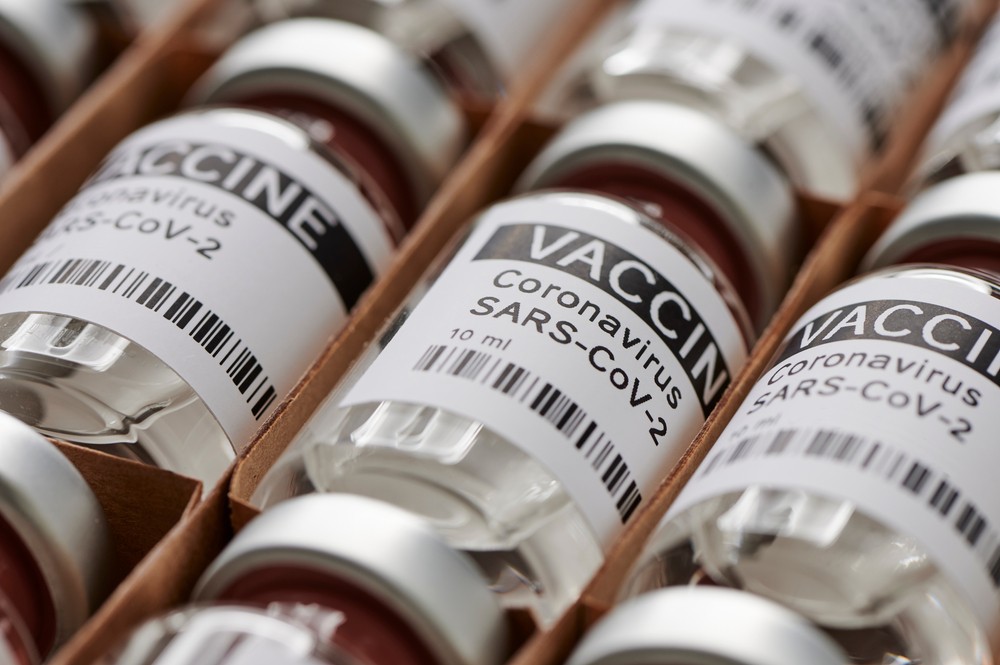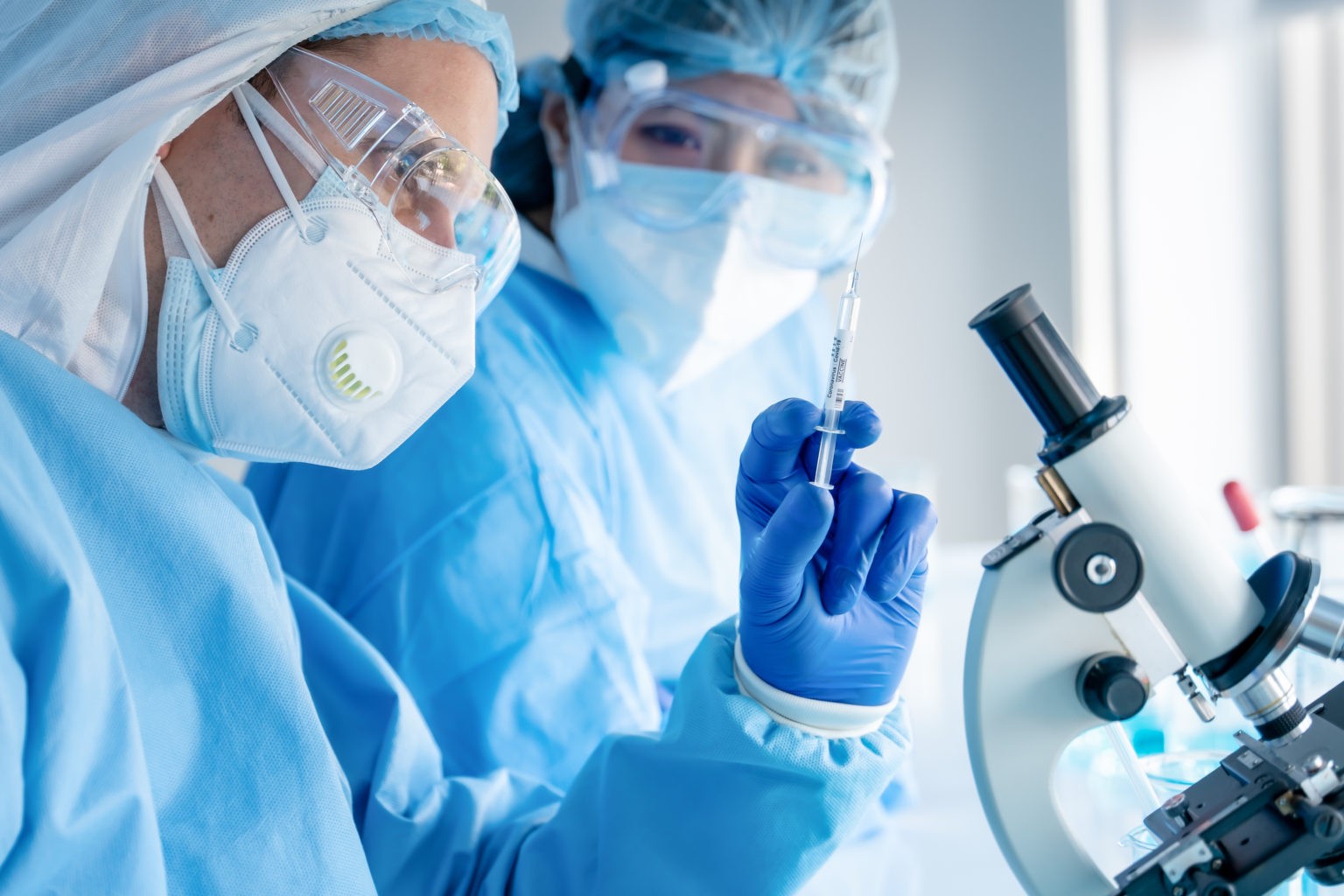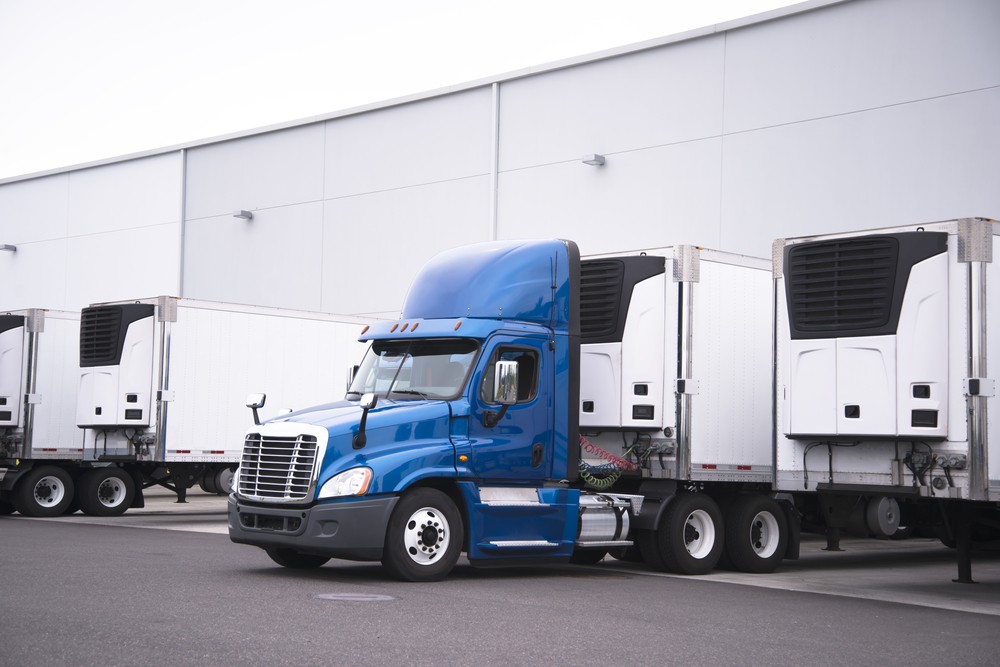COVID-19 Vaccines Represent Unprecedented Milestone

COVID-19 was officially declared a pandemic by the World Health Organization (WHO) in March 2020. By that point, many cities around the world had already begun lockdowns or put stringent distancing measures in place. Now, eight months later in November 2020, the United States is reaching 200,000 new cases daily, with no signs of slowing down. And while it seems more dire than ever, there’s overwhelming optimism just over the horizon thanks to new information about a potential COVID-19 vaccine.
Two candidates for a COVID-19 vaccine have emerged, both showing ~95% effectiveness in their ability to safeguard individuals against the virus. These vaccines — from pharmaceutical companies Pfizer and Moderna — are speeding through clinical trials. They join Regeneron’s COVID-19 antiviral cocktail (also in Stage 3 clinical trials) as options emerging to fight the pandemic. Regeneron’s cocktail is the first drug fast-tracked for FDA approval, after being administered to President Trump during his bout with COVID-19.

Unprecedented development runways
It seems as though the United States went from no options to three promising ones overnight — and, in many ways, we did. The rapid development of these pandemic-fighting drugs is unlike anything we’ve seen in history. In just under 12 months, these three drugs have been researched, developed, tested, and are likely to roll out in the coming year. Compare that 12-month timeline to other notable vaccine developments:
- The chicken pox vaccine was developed over 28 years
- FluMist, the annual flu vaccine, took 25+ years to develop
- The HPV vaccine took roughly 15 years to develop
- The rotavirus vaccine was developed over 15 years
Even the polio virus took six full years to develop, which, at the time, was considered as unfathomable of a feat as the speed of today’s COVID-19 development. With potential approval by Christmas, the coronavirus pandemic has fueled an unprecedented quickness in development of a vaccine — a vaccine that will likely save tens of millions of lives as the pandemic shows no signs of slowing down.

Deployment remains an obstacle
The agility behind a COVID-19 vaccine comes down to two factors. First, is the worldwide collective collaboration of countries and resources to swat down a pandemic that has ravaged populations across borders. Second, is Operation Warp Speed: a government initiative to not only speed the development of a vaccine, but also establish the supply chains for deploying it.
According to the many entities involved in Operation Warp Speed (e.g., Department of Defense, Human and Health Services, National Institutes of Health, Biomedical Advanced Research and Development Authority), the biggest challenges post-development are production and distribution at-scale. To preemptively address these challenges, Operation Warp Speed includes significant investments in manufacturing, including:
- Production agreements with AstraZeneca, Moderna, and Johnson & Johnson
- A task order with Emergent BioSolutions to advance domestic manufacturing capabilities
- A task order with Texas A&M University to advance manufacturing capabilities
- A task order with FUJIFILM to advance domestic manufacturing capabilities
- Finish manufacturing capacity contract for Grand River Aseptic Manufacturing Inc.
- An agreement with Cytiva to expand the company’s manufacturing capacity
As Operation Warp Speed taps more production partners and puts together more pieces of the supply chain, the hope is that production will begin quickly and scale rapidly. These investments are supported by similar partnerships within the distribution industry to ensure a vaccine is able to get from manufacturers to healthcare partners for administration.
Despite the rapid development of a vaccine, there’s an even bigger challenge in manufacturing and distribution. Similar to this unprecedented development speed, manufacturing will need to act with unprecedented coordination and scale to help put an end to the pandemic.